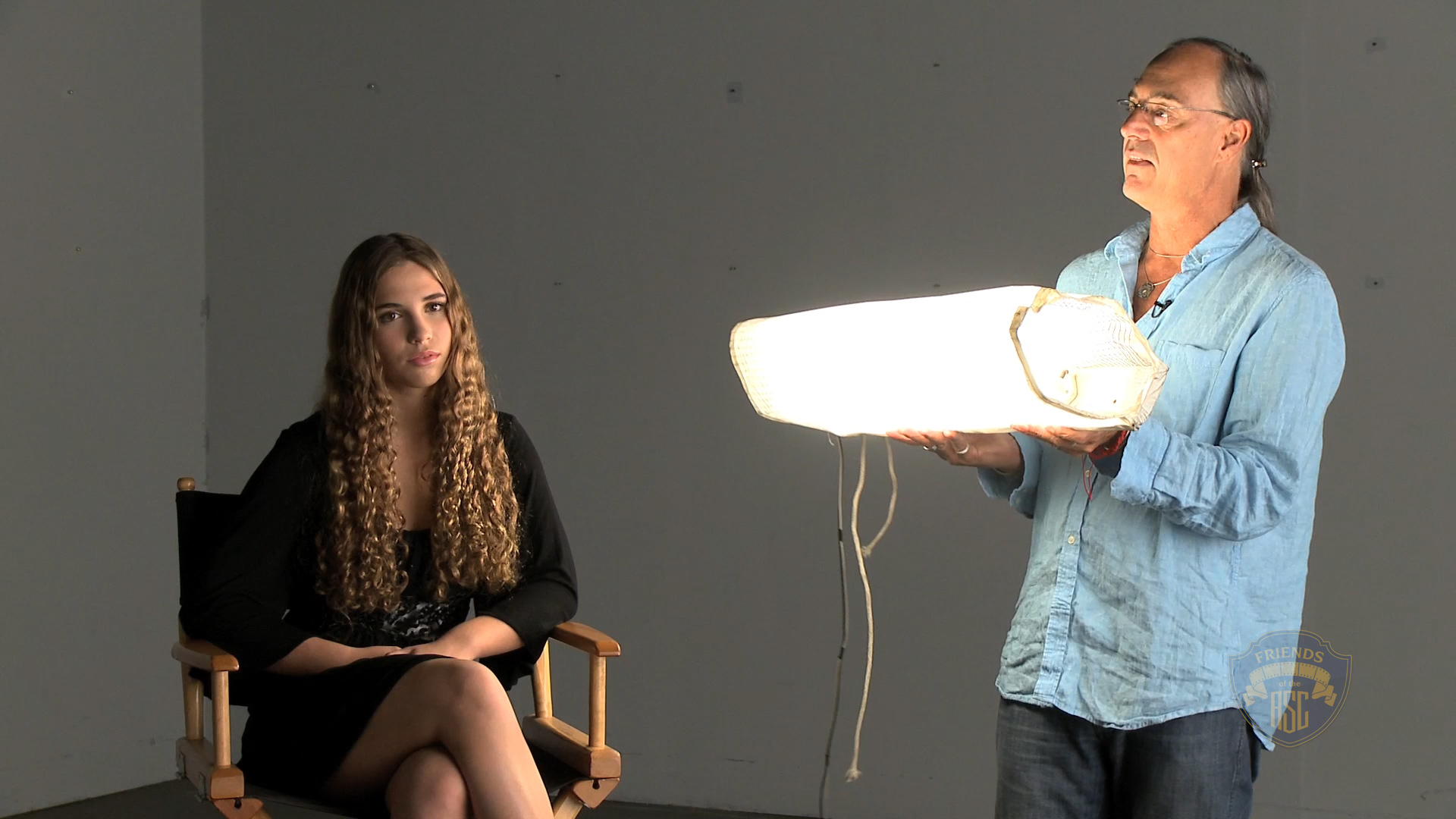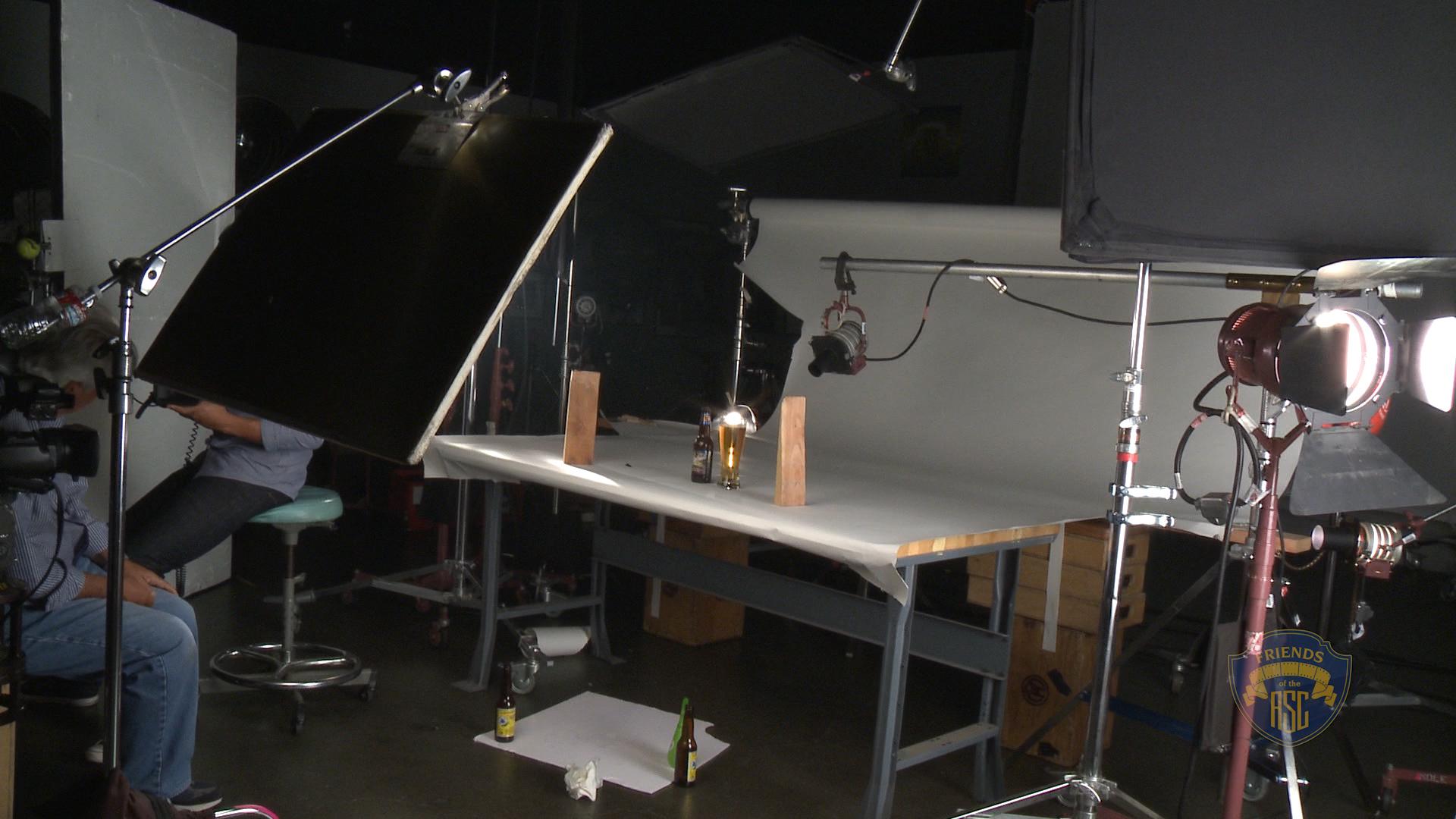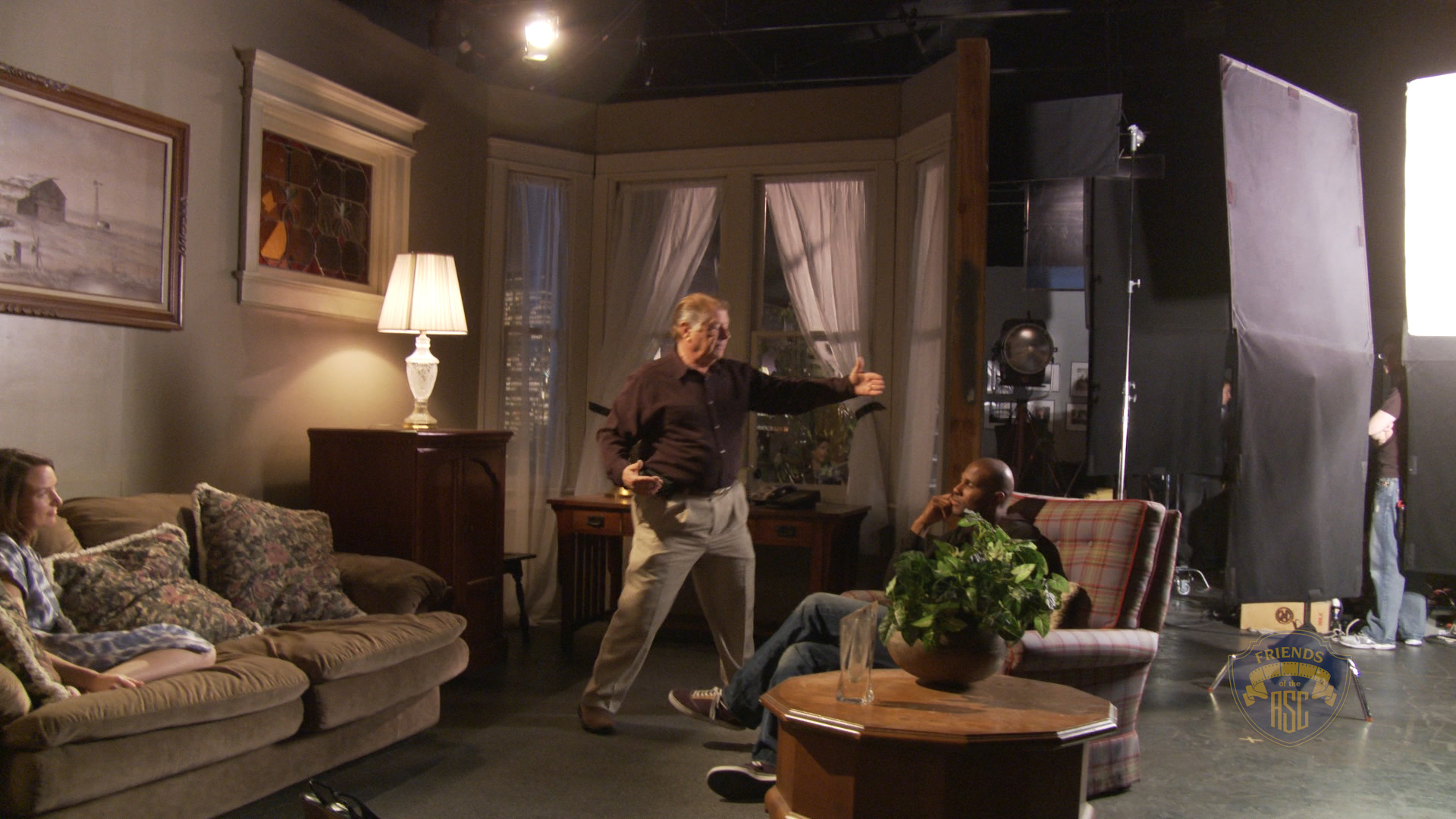
Tech Tip Videos
Video collections available to Friends of the ASC

In this 16-part video series, Mark Irwin, ASC, CSC, illustrates how his quest for simple, inexpensive solutions on set led him to develop a variety of lighting and camera tools, many of which can be built with materials readily available at hardware stores.

Academy Award-winning cinematographer Russell Carpenter, ASC (Titanic) covers a range of topics, including beauty lighting; how to understand the actor’s face in relation to light; how to use specific lighting tools, including Kino Flos, Mole “Baby” 5Ks, Source Fours and Chimeras; applying hard and soft light; controlling toplight; using bounce light; lighting on a low budget; and how to apply Carpenter’s “phases of the moon test.”

In this series of instructional videos, ASC members Rexford Metz and Bill Bennett light and shoot a sequence of shots for a tabletop beer commercial. The cinematographers go step by step through their camera and lighting choices, explaining their rationale along the way and revealing a wealth of tips and tricks learned from years of experience behind the camera.
- How Long to Light and Shoot?
- Three-Point Lighting
- Shooting the Bottle
- Shooting the Pour
- Introduction
- How Did You Get Started?
- Shooting Tests
- Tabletop Commercials vs. Narrative Films
- Shooting Film and Digital
- Basic Set-Up
- Using a Lot of Light
- Composing a Shot
- Setting up the Arri Alexa
- Lenses for Close-Up Work
- Tests, Composition and Touch-Ups
- Lighting Reflective vs. Matte
- Hard vs. Soft Light
- Working with Prop Dept.
- LED Lights and Smoke
- Using LED Lights
- Setting Up a Jib Arm and Rehearsing
- Moving the Camera
- Bounce Cards
- Toughest Tabletop Challenges

Matthew Leonetti, ASC walks through his process for lighting a product shot in a beer commercial step-by-step

In this series of instructional videos, Bill Bennett, ASC draws on his wealth of experience shooting car commercials to take viewers step-by-step through his process of lighting a car onstage for a hero shot. Along the way, he also offers a number of tips, tricks and techniques to bear in mind when shooting cars on location.

In this six-part Tech Tip video series, Michael Goi, ASC manipulates the color, intensity, angle and quality of light to support an array of dramatic and time-of-day effects. In working with these four essential elements of lighting, Goi offers an up-close look at exactly how he and his crew utilize specific pieces of lighting equipment.

In this three-part video series, Chris Chomyn, ASC, demonstrates the differences between two common sources, the Baby Junior and the Par 64, and how diffusion affects each of them. He also discusses the many applications for Streaks ’N Tips on set.

Karl Walter Lindenlaub, ASC (Independence Day, The Chronicles of Narnia: Prince Caspian) talks about Portrait Lighting.

In this Tech Tip video series, Patrick Cady, ASC and some of his key collaborators offer a guided tour behind the scenes of the series Body of Proof. In addition to revealing how they light a day/night TransLite backing in order to quickly create an array of time-of-day effects, they offer insight into successful collaborations amongst the grip, electric and camera departments.

Cinematographer Jack Green, ASC demonstrates how lighting shapes the way an audience perceives a scene emotionally.
Green lights one simple scenario four different ways:
To put together the lighting for the demonstration, Green works with his regular gaffer Mark Vuille and key grip Charles Saldana. Click here for his introduction to the series.
The behind-the-scenes section gives an extraordinary glimpse into the way these long-time collaborators communicate and support one another.

On Saturday, February 20, 2010 at the Annual ASC Open House a panel discussion with ASC Members Steven Fierberg, Shelly Johnson, Dean Semler and Rodney Taylor, moderated by Stephanie Argy was given. The topic of this discussion was about the aesthetic choice of format. How does a cinematographer go about choosing between film or digital? Is cost the only factor when choosing a format?






